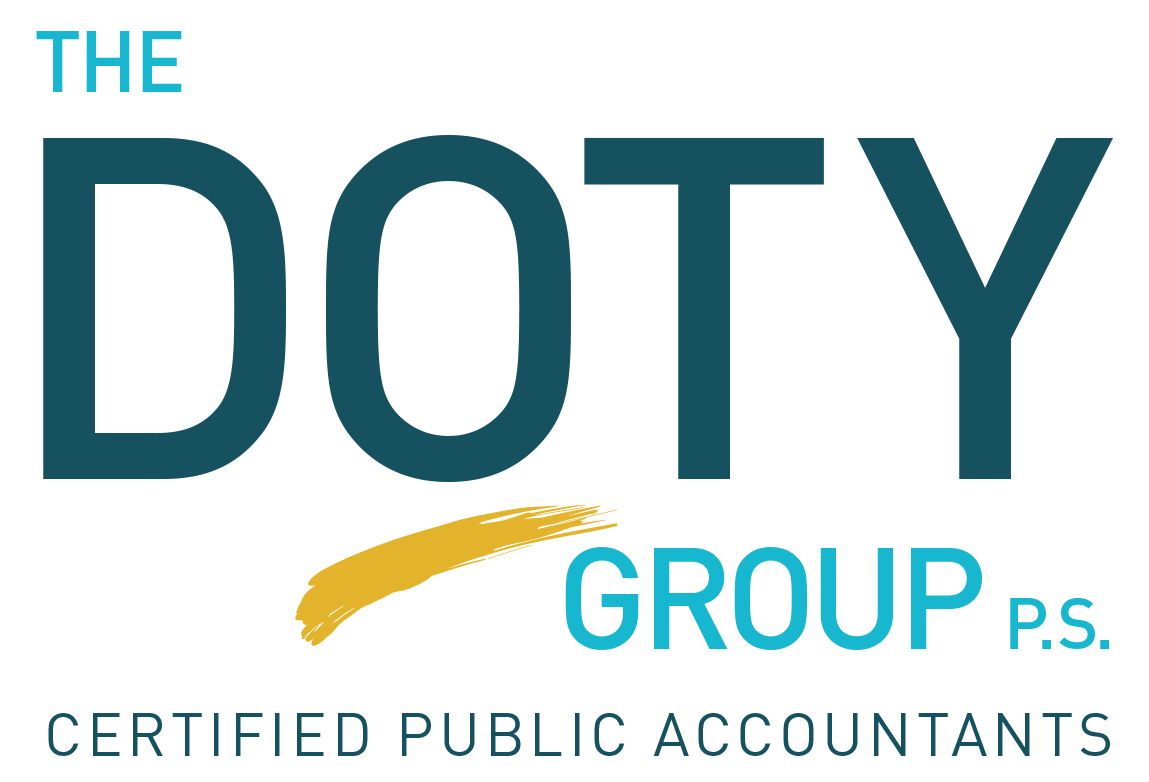Important Changes due to the Revenue Recognition Standard
If you are a business owner, you may have been hearing a lot lately about changes to revenue recognition standards. These are changes to the accounting standards relating to how and when organizations record revenue, which could impact your organization’s financial statements, debt covenant compliance, licensing, bonding, compensation structures and more.
How extensive is the change?
The new standard provides a comprehensive revenue recognition model that replaces virtually all existing revenue recognition guidance in U.S. generally accepted accounting principles (GAAP). This standard affects all entities – public, private, and not-for-profit – that have contracts with customers.
What operational areas of a business does revenue recognition impact?
It is broad-reaching across an organization and impacts many functional areas. A comprehensive review of organizational operations, including the following areas will be needed:
accounting
tax
financial reporting
financial planning and analysis
investor relations
treasury (e.g., debt covenants)
sales (e.g. contract terms)
legal
information technology
human resources (e.g., employee compensation plans).
Additional disclosures may be needed in the footnotes to financial statements, and there may be changes to income tax reporting as well.
Here are some examples of items that may affect your companies’ revenue recognition process going forward under the changed standard:
Simple point-of-sale transactions
Multiple goods or services as part of a sale (bundled goods or services)
Reward or loyalty programs
Vendor incentive programs or penalties
Rebate programs
Return or refund provisions
Contingencies, warranties, or guarantees
Licenses or royalty agreements
Contracts that change throughout the term
Long-term (more than one year) contracts, including construction contracts
Non-interest fees or other non-interest income
Variable or contingent consideration
Bad debt reserves and write offs
Debt covenants tied to revenue, EBITDA or net income
Employee compensation plans tied to revenue or income
Additional Considerations
You will need to be prepared to consider how the following will affect your company:
When you can record the completion of the sale to your customer may change, based on how the sale contract is written.
If you have had uncollectible receivables, be prepared to prepare historical tracking of bad debt write offs as soon as possible. This will allow for the most revenue to be recognized after the transition to the new accounting standard.
If you provide warranties, accept product returns, or discounts for future purchases in terms of any “coupon”, “points” “bucks”, the new rules will allow you to record them when you make the sale that earns these items. This is earlier than the legacy standard which required you to record these when they were used.
If you bundle products together; include a promise of a future product; or, have committed to an upgrade, change, etc. you may need to change how/when you recognize revenue.
If it costs you money, such as commissions, or other setup costs in order to close a contract or deal, these costs may be amortized over the transaction cycle under the new standard rather than immediately expensing under the legacy standard.
If you license any products or software to your customers, revenue is recognized under the new standard when your customer uses the licensed items instead of when the license is provided.
Understanding how these changes will affect your organization’s accounting processes, and what you can do to prepare your company for the new requirements is critical. We are here to help! Contact us to discuss your transition process and how we can help you successfully navigate the new standards for recognizing revenue.
